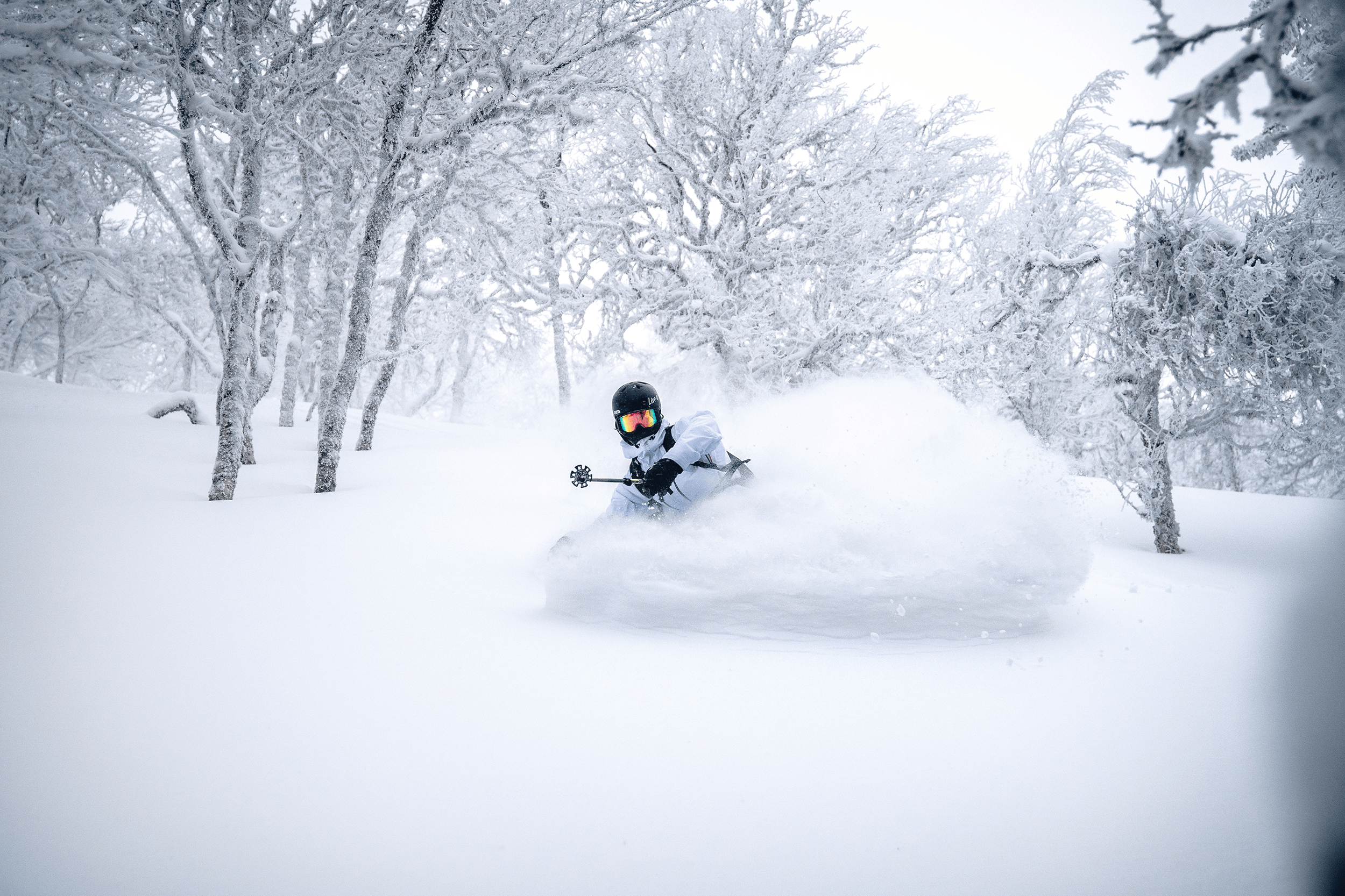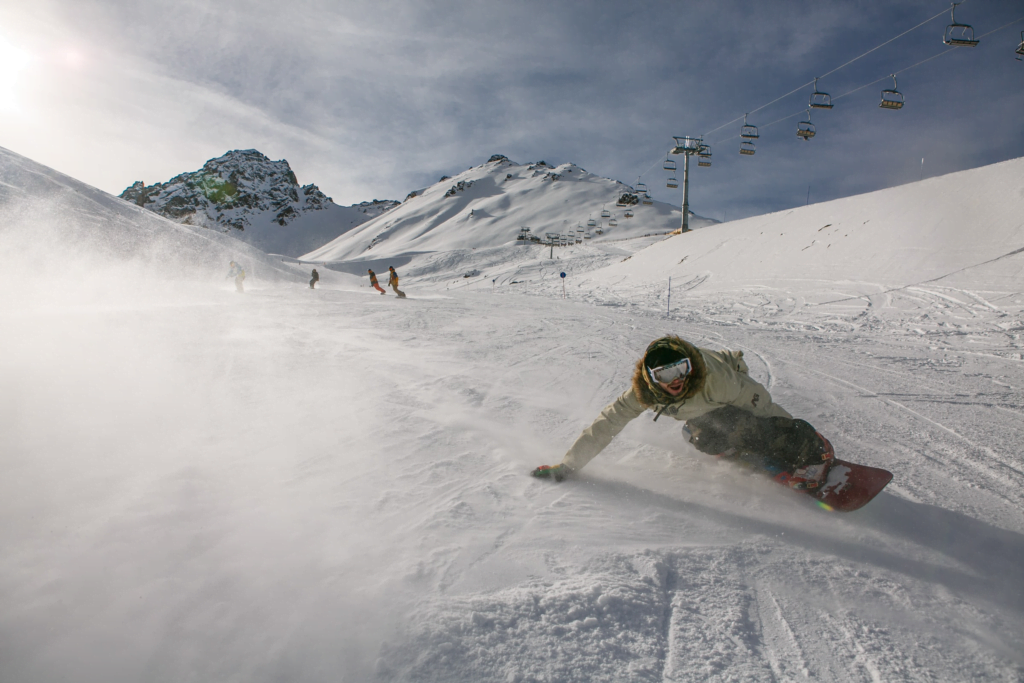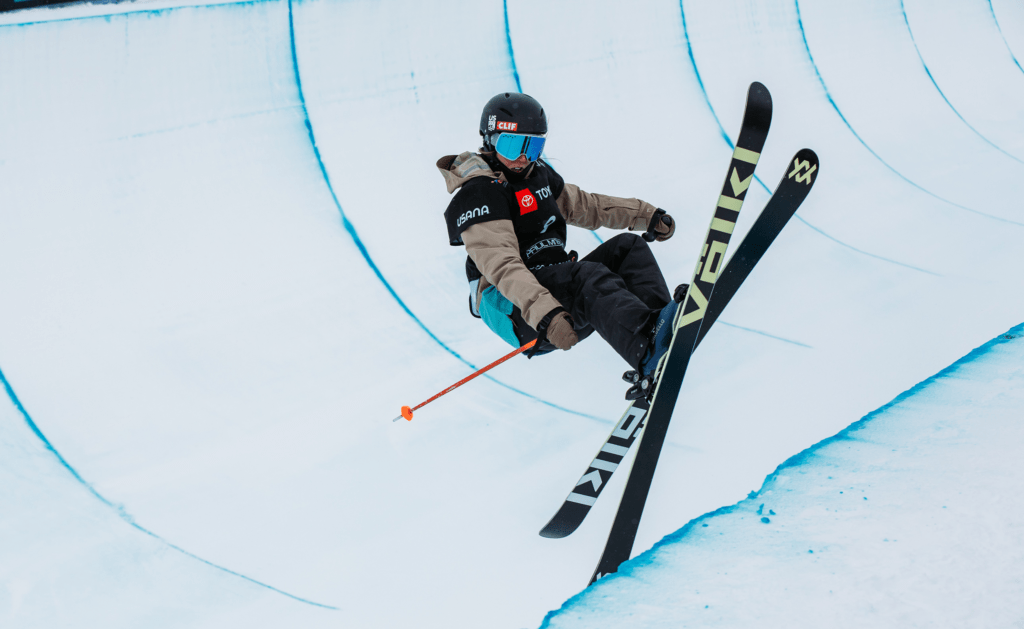Skiing and snowboarding events rely on the peculiar physics of sliding on snow. According to classical lubrication theory, that sliding shouldn’t be nearly as low in friction as what we observe. The key here is that snow is soft and porous; it’s compressible, but it can also trap air (or water) in the pores between flakes. Because the passage of a skier or snowboarder is so fast, the air doesn’t have the time to slip out of the pores. Instead, it gets pressurized, providing lift that keeps the slider’s friction low. In the end, it isn’t the snow holding the slider up, it’s the air trapped in the snow beneath them! (Image credit: skier in powder – J. Andersson, snowboarder – Visit Almaty, halfpipe – P. T’Kindt; research credit: Z. Zhu et al.)
Beijing 2022: Sliding on Snow

Comments
2 responses to “Beijing 2022: Sliding on Snow”

Is the level of friction in (slower) cross country skiing in line with what would be expected from classical lubrication theory, or is something else going on there?

I haven’t looked into the specifics for cross-country skiing, but I believe that Christophe Clanet’s lab has done research on that one.



Leave a Reply to Katy Cancel reply